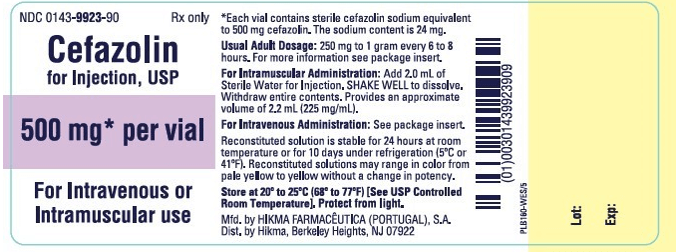A client is diagnosed with influenza A and is prescribed oseltamivir.
Which of the following statements by the client indicates a need for further education?
“This medication will shorten the duration of my symptoms.”.
“This medication will prevent me from spreading the virus to others.”.
“This medication will work best if I start taking it within 48 hours of symptom onset.”.
“This medication may cause nausea and vomiting as side effects.”.
The Correct Answer is B
Choice A rationale:
The statement, "This medication will shorten the duration of my symptoms," is correct. Oseltamivir is an antiviral medication used to treat influenza, and it can reduce the duration of symptoms when taken early in the course of the illness.
Choice B rationale:
The statement, "This medication will prevent me from spreading the virus to others," is incorrect. While oseltamivir can help reduce the severity and duration of symptoms, it does not prevent the spread of the virus to others. Clients with influenza should still take precautions to avoid transmitting the virus to others.
Choice C rationale:
The statement, "This medication will work best if I start taking it within 48 hours of symptom onset," is correct. Oseltamivir is most effective when started within 48 hours of the onset of symptoms.
Choice D rationale:
The statement, "This medication may cause nausea and vomiting as side effects," is correct. Nausea and vomiting are potential side effects of oseltamivir, and clients should be informed about these possible adverse reactions.
Nursing Test Bank
Naxlex Comprehensive Predictor Exams
Related Questions
Correct Answer is ["1"]
Explanation
This is the correct answer because the concentration of cefazolin after reconstitution is 1 gram/2.5 mL, which is equivalent to 400 mg/1 mL. Therefore, to administer 400 mg of cefazolin, the PN should draw up 1 mL of the reconstituted solution. This can be calculated using the formula:
Desired dose / Available dose = Volume to administer
400 mg / 1000 mg = x mL / 2.5 mL
x = (400 x 2.5) / 1000
x = 1 mL

Correct Answer is D
Explanation
Choice A rationale:
Providing information about the client's healthcare power of attorney is not the most critical piece of information to report in this situation. The immediate concern is the client's change in mental status and potential medical emergency.
Choice B rationale:
While the reason for the client's admission is important background information, it is not the most urgent information to report in this situation. The priority is addressing the client's acute change in mental status.
Choice C rationale:
The nurse should be aware of the client's currently prescribed medications, but this information does not take precedence over the client's sudden onset of confusion and agitation. Immediate action is needed to address the client's altered mental status.
Choice D rationale:
Increasing confusion and agitation in a client who recently underwent ORIF of the right femur is a significant change in condition and may indicate a medical emergency such as infection, delirium, or other complications. This information should be provided first to alert the healthcare provider to the client's immediate needs.
Whether you are a student looking to ace your exams or a practicing nurse seeking to enhance your expertise , our nursing education contents will empower you with the confidence and competence to make a difference in the lives of patients and become a respected leader in the healthcare field.
Visit Naxlex, invest in your future and unlock endless possibilities with our unparalleled nursing education contents today
Report Wrong Answer on the Current Question
Do you disagree with the answer? If yes, what is your expected answer? Explain.
Kindly be descriptive with the issue you are facing.
